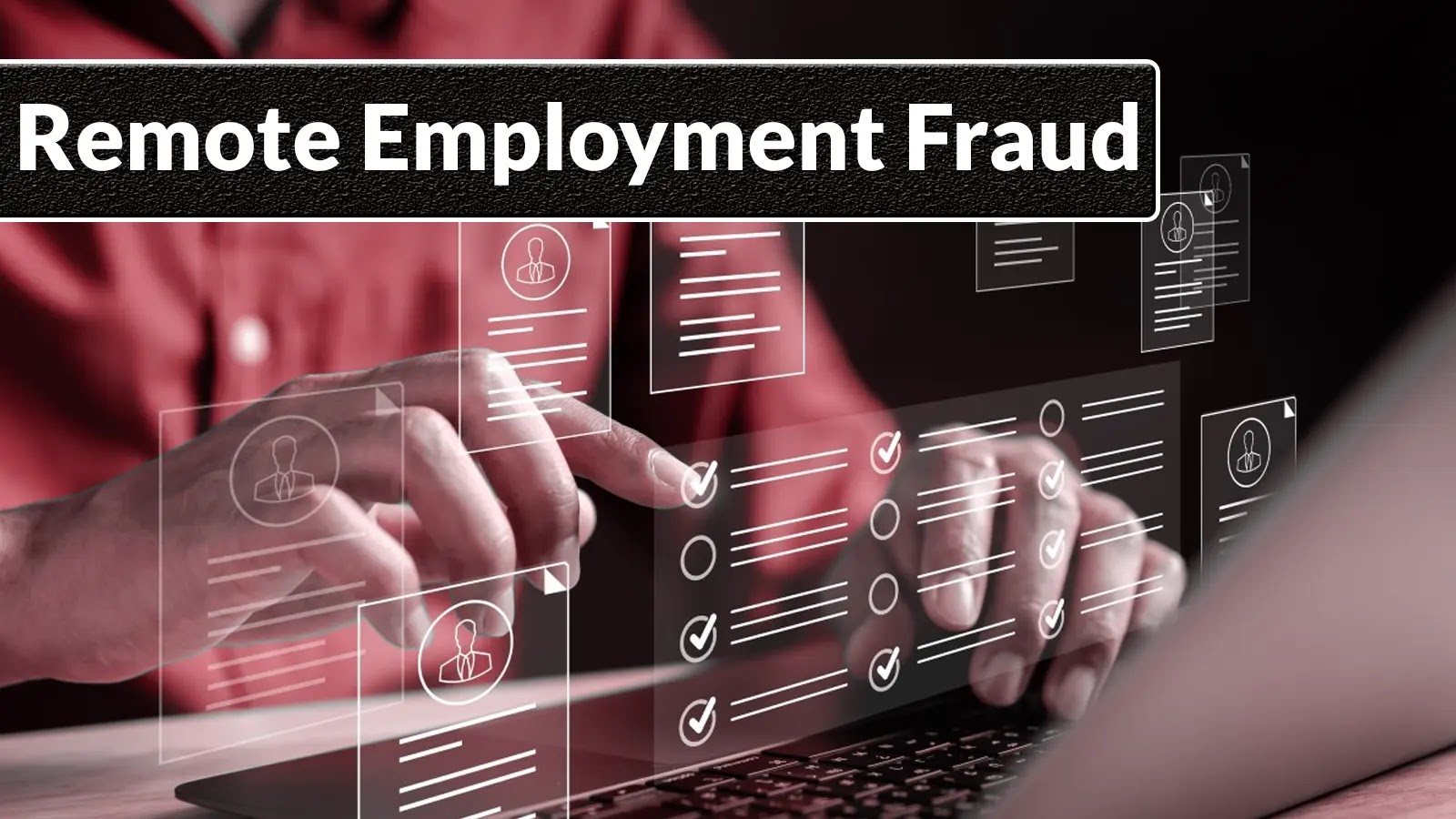
Splunk Releases Guide to Detect Remote Employment Fraud Within Your Organization
Navigating the New Threat Landscape: Detecting Remote Employment Fraud with Splunk
The rise of remote work has undeniably reshaped the global employment landscape, offering unprecedented flexibility and access to diverse talent pools. However, this evolution has also introduced novel security challenges, chief among them being Remote Employment Fraud (REF). Threat actors are increasingly sophisticated, leveraging various tactics to bypass pre-hire screenings, infiltrate organizations under false pretenses, and ultimately compromise sensitive systems. This emerging threat vector demands proactive detection strategies, and Splunk has recently released a comprehensive guide to empower organizations in this critical fight.
Understanding Remote Employment Fraud (REF)
Remote Employment Fraud encompasses a range of malicious activities where individuals impersonate legitimate hires to gain unauthorized access to corporate networks, data, and resources. These threat actors are not simply looking for financial gain; they often aim to establish a persistent foothold, exfiltrate sensitive intellectual property, or even introduce malware. The deceptive nature of REF makes it particularly insidious, as the perpetrators operate from within, often leveraging legitimate credentials acquired through social engineering or identity theft.
- Impersonation: Using stolen or fabricated identities to complete onboarding processes.
- Social Engineering: Manipulating HR or IT personnel to expedite access or bypass security checks.
- Credential Theft: Utilizing compromised credentials to access internal systems once embedded.
- Insider Threat Evolution: REF represents a new frontier for insider threats, where the “insider” is malicious from the outset.
The Critical Need for Robust Detection
The potential ramifications of undetected REF are severe, ranging from data breaches and financial losses to reputational damage and regulatory penalties. Traditional security measures, often focused on perimeter defense, are frequently insufficient against a threat that originates within the organization’s trusted boundaries. Organizations must shift their focus to robust internal monitoring and anomaly detection to identify these illicit presences before significant damage occurs.
Splunk’s Approach to Combating Remote Employment Fraud
Splunk’s recently released guide provides a powerful framework for organizations to leverage their existing Splunk deployments to detect and mitigate REF. The guide emphasizes the importance of aggregating and analyzing data from various sources across the organizational infrastructure, including:
- Identity and Access Management (IAM) Logs: Monitoring for unusual login patterns, failed login attempts from new accounts, or attempts to escalate privileges.
- HR and Onboarding System Logs: Correlating discrepancies in personal information, rapid changes to employment details, or multiple accounts associated with a single individual.
- Network Traffic Logs: Identifying anomalous network activity originating from newly provisioned devices or accounts, such as unusual data downloads or attempted connections to restricted resources.
- Endpoint Logs: Detecting suspicious processes, software installations, or unauthorized access attempts on endpoints assigned to new remote employees.
- Communication Platform Logs: Monitoring for unusual communication patterns or attempts to exfiltrate information through collaboration tools.
By correlating these disparate data sources, Splunk enables security teams to establish baselines of normal behavior for new remote hires and quickly identify deviations that could indicate fraudulent activity. This proactive monitoring allows for early intervention, minimizing the potential impact of REF.
Remediation Actions and Best Practices
Effectively addressing Remote Employment Fraud requires a multi-faceted approach, combining robust detection with swift and decisive remediation actions:
- Enhanced Verification Processes: Implement multi-factor authentication (MFA) for all new hires during onboarding. Utilize stricter identity verification services, potentially including live video verification or biometric checks.
- Continuous Monitoring: Deploy Security Information and Event Management (SIEM) solutions like Splunk to continuously monitor user behavior, network activity, and endpoint logs for anomalies.
- Zero Trust Architecture: Adopt a Zero Trust security model, where no user or device is inherently trusted, regardless of their location on the network. Every access request should be authenticated and authorized.
- Regular Security Awareness Training: Educate HR, IT, and all employees about the tactics used in REF and the importance of reporting suspicious activity.
- Incident Response Plan: Develop and regularly test a specific incident response plan for suspected REF, outlining steps for investigation, containment, eradication, and recovery.
- Automated Alerting: Configure Splunk to generate automated alerts for predefined suspicious activities, ensuring rapid notification of security teams.
Tools for Detection and Mitigation
Leveraging the right tools is crucial for an effective defense against Remote Employment Fraud. Here’s a selection of categories and examples:
| Tool Category | Purpose | Link |
|---|---|---|
| SIEM (Security Information and Event Management) | Centralized logging, correlation, and analysis of security data to detect anomalies and threats. | Splunk |
| UBA (User Behavior Analytics) | Identifies unusual user activities and potential insider threats by establishing behavioral baselines. | Splunk User Behavior Analytics (UBA) |
| Identity Verification Services | Verifies the identity of new employees through document verification, biometric checks, or database lookups. | Onfido |
| Endpoint Detection and Response (EDR) | Monitors end-user devices for suspicious activity, detects advanced threats, and enables rapid response. | CrowdStrike Falcon Insight EDR |
| Multi-Factor Authentication (MFA) | Adds an extra layer of security to login processes, requiring two or more verification factors. | Duo Security |
Conclusion: Strengthening Your Defenses Against Digital Deception
Remote Employment Fraud is a sophisticated and evolving threat that demands constant vigilance from all organizations embracing remote work models. By adopting the strategies outlined in Splunk’s guide, organizations can significantly bolster their defenses, moving beyond traditional security paradigms to proactively detect and neutralize these internal threats. The key lies in comprehensive data analysis, continuous monitoring, and a commitment to adapting security practices in response to the ever-changing tactics of cybercriminals. Protecting your organization from REF is not just about technology; it’s about fostering a culture of security and leveraging intelligent insights to safeguard your most valuable assets.





